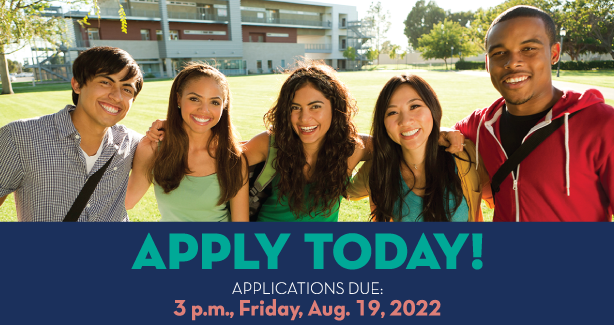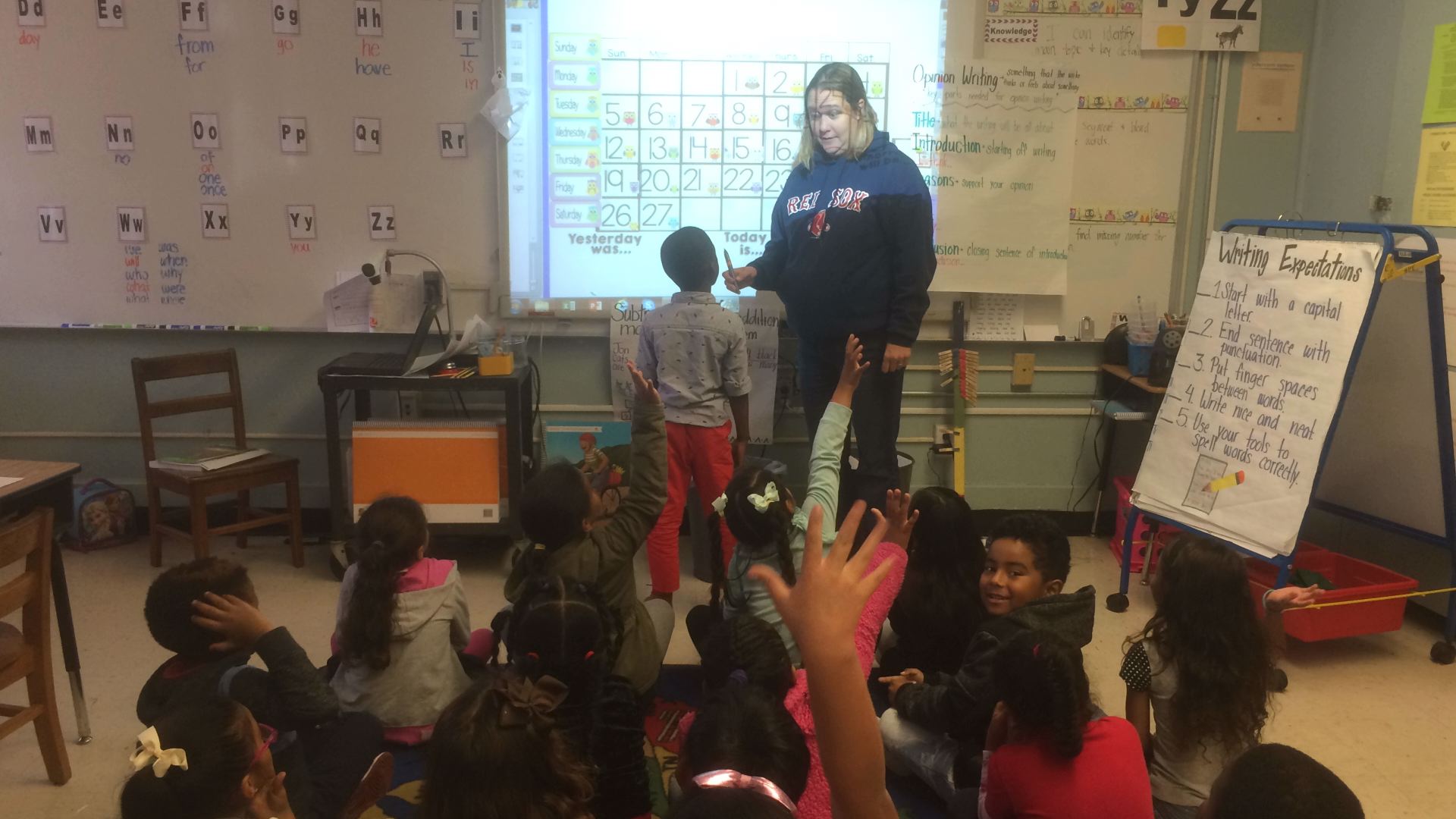
The concept of learning from games is not new. But, this model may not work for all students. Some students might prefer to play the game during class while others might prefer it after class. Game play can be more effective than discussion, regardless of how it is done. Future studies may explore the effects of team play, individual preferences, and personality types on learning from games. This article discusses these issues and offers a case study on the GIGAME.
Cognitive styles
Simulation performance was affected by cognitive styles in many ways. The two largest groups retained their cognitive style designations, while the remaining participants were placed into middle groups. The simple majority rule was used for each group. Method Three considered cognitive styles in bipolar dimensions. Opposing MBTI scores were added to create a team score. Using this score the teams were divided into groups according to their polar similarity.

This research was published in the Journal of Consumer Psychology. The authors of the study found that the game-based learning environment accommodates various cognitive styles. Holist learners preferred music less than those who displayed the cognitive style of Holists, and so they frequently turned it off or switched it on during the game. A customized game-based system for learning was found to be more effective at teaching new words. These preliminary results provide valuable insights into game-based learning.
Learning concepts that are game-based
It is essential that individuals acquire more than basic skills in today's world. Education is now more interactive than ever, with lectures and written tasks being replaced by more interactive learning. It can be challenging to align learning objectives with this model, which can be tricky to execute. This article will provide some tips for successful implementation and design of educational games for a variety of age groups and skill levels. Additionally, this article will show you how to integrate game-based learning concepts into your classroom activities.
Videogames are designed to be fluid. Educators should seek strong elements such as symbolic representation, manipulation, adaptive sequencing, feedback, and meaningful contextualized activities. Additionally, videogames are often used in a constructivist-learning approach. This means that they are tied to the development and application of meta-skills. Gamified learning can be especially useful in enhancing the learning abilities of subjects that are not traditional.
GIGAME case study
This case study presents a game interface that combines gamification with educational experiences. There are four main canvases. The central canvas is the main work area. Three tabs guide the learner along the case study procedure. The problem tab introduces case study and allows learner to recognize the problem. The problem tab in the medical emergency case study contains textual information, a photograph, and a video.

The first author conducted a final interview with each participant to gather data. The interviewers reviewed the gameplay recordings. The data were then analysed using thematic analysis. Next, participants' feedback was used to analyze the game-related information and examine the learning process. The results of this study showed that gamification is an important part of educational design. It can improve student motivation and performance.
FAQ
What does it take to be a teacher of early childhood education?
An early childhood teacher must have specific training. Most states require teachers to be certified by their state boards before they can work in public schools.
Some states require teachers passing tests in math and reading.
Some states require that teachers complete a specific amount of coursework in early childhood education.
Most states have minimum requirements about what a teacher must know. These requirements can differ from one state to another.
What are the various types of early childhood education available?
There are many ways that early childhood education can be described. Here are some of the most commonly used ones:
-
Preschool - Children ages 2 to 5
-
PreKindergarten for children aged 4-6
-
Head Start/Hestart - Children aged 0-3
-
Day Care/ Daycares- Children aged 0-5
-
Child Care Centers - Children ages 0 to 18
-
Family Child Care – Children aged 0-12
-
Homeschooling - Children from KG to 16
What's the difference between college and school?
Schools are often divided into classes or grades, with one teacher teaching a class of students. Colleges are larger institutions that offer more specialized programs and include many university-level courses. The majority of schools focus on core subjects, while colleges offer more specialized programs. The curriculum at both levels is intended to prepare students to study at higher levels.
Statistics
- These institutions can vary according to different contexts.[83] (en.wikipedia.org)
- “Children of homeowners are 116% more likely to graduate from college than children of renters of the same age, race, and income. (habitatbroward.org)
- Think of the rhetorical power of nineteenth-century abolitionist Harriet Beecher Stowe, Martin Luther King, Jr., or Occupy Wall Street activists with their rallying cry of “we are the 99 percent.” (bostonreview.net)
- They are more likely to graduate high school (25%) and finish college (116%). (habitatbroward.org)
- Data from the Department of Education reveal that, among 2008 college graduates, 92.8 percent of humanities majors have voted at least once since finishing school. (bostonreview.net)
External Links
How To
What is vocational Education?
Vocational Education, which is an educational system that prepares high school students for jobs after college or high school, provides them with training in specific skills required for a job (e.g. welding). Vocational Education also offers apprenticeship programs that provide on-the-job training. Vocational Education is different than general education. It focuses on specific careers and not learning broad knowledge for the future. Vocational education does more than prepare for university. It helps people find jobs after graduation.
Vocational education can take place at all levels of schooling. This includes primary schools, secondary schools and colleges, universities as well as colleges, technical institutes, technical colleges, trade schools, community college, junior colleges, four-year colleges, and colleges. In addition, there are many specialized schools such as culinary arts schools, nursing schools, law schools, medical schools, dental schools, veterinary medicine schools, firefighting schools, police academies, military academies, and other military schools. Many of these schools provide both academic instruction as well as practical experience.
In recent decades, many countries have made large investments in vocational training. However, it is not clear if vocational education is effective. Some critics say it does not improve students' employability. Other argue that it prepares them well for life beyond school.
The U.S. Bureau of Labor Statistics has estimated that 47% of American adults hold a postsecondary certificate or degree related to their current occupation. This figure is higher for those with more education. 71% (25-29) of Americans have a bachelor's level or higher and work in fields that require a postsecondary degree.
According to the BLS, nearly half of America's adult population held at least one postsecondary credential in 2012. One-third of Americans had a two year associate degree. Only 10% held a four-year bachelors degree. One fifth of Americans had a masters degree or doctorate.
For those with a bachelor’s degree, the median annual income was $50,000. This is compared to $23,800 if you don't have one. The median wage for advanced degrees holders was $81,300.
For those who did not complete high school, the median wage was only $15,200. For those who did not complete high school, the median annual salary was only $15,200.